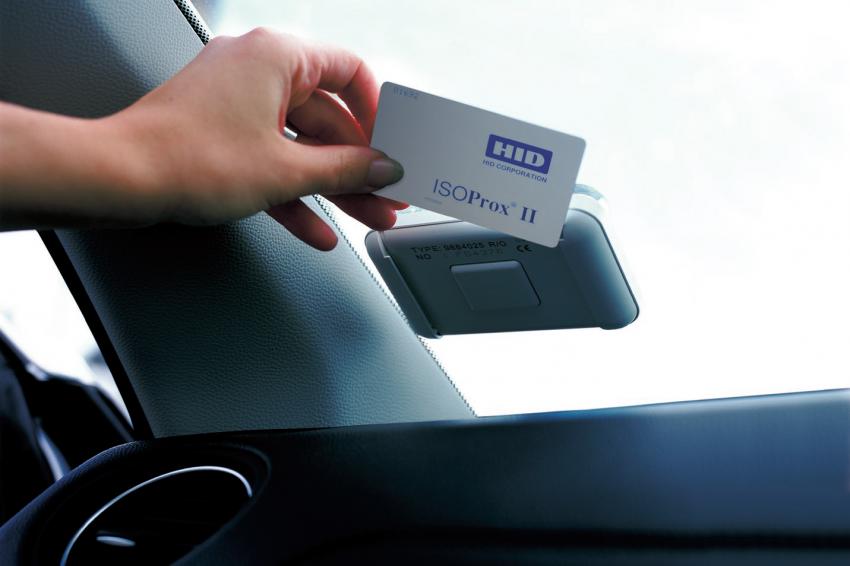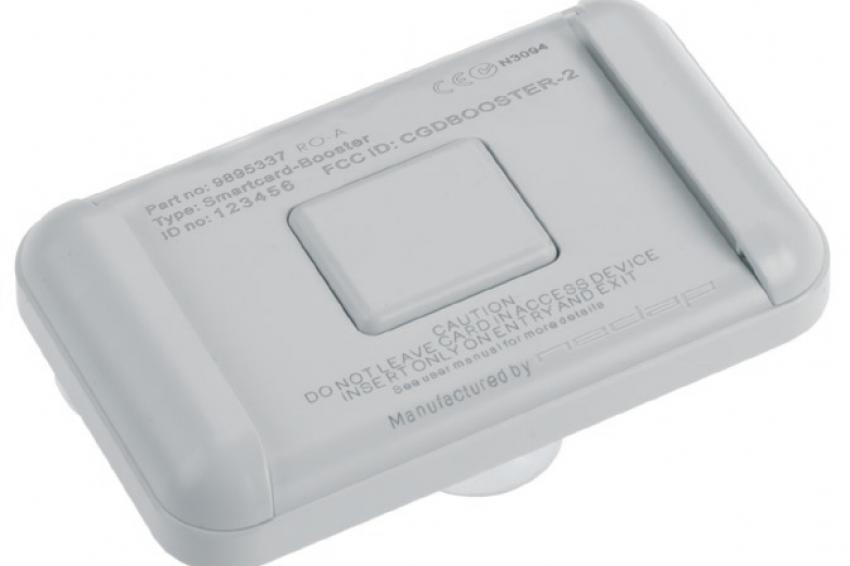Nedap AVI: long range driver based vehicle identification
14.09.2012 - Nedap AVI: long range driver based vehicle identification. Today’s market for Long Range Automatic Vehicle Identification (AVI) is undergoing rapid change. Historically AVI has its...
Nedap AVI: long range driver based vehicle identification. Today’s market for Long Range Automatic Vehicle Identification (AVI) is undergoing rapid change. Historically AVI has its roots in providing convenience for the driver as they access a parking garage or a gate entrance. The ability to have the barrier or gate open automatically without the need for the driver to open the window. This has great appeal in situations of inclement weather and also serves as a means of reducing congestion and establishing fast and convenient entry and exit for those who use an AVI tag.
The traditional AVI system is made up of a reader and a vehicle tag which is mounted either in the windshield of the vehicle or on the exterior of the vehicle itself. Security has to this point been measured in terms of the ability to permanently affix a tag or have the tag self destruct if removal is attempted. However, as the AVI technology is finding its way into security application the requirements are changing with the introduction of driver based systems.
Lock and Key Combination
The ever increasing need for a simple way to track the driver credential and potentially the vehicle identification as a lock and key combination, has paved the way for a new philosophy which dictates that a vehicle can never be left with an active AVI access credential present unless occupied by an authorized driver.
A driver based AVI tag is made up of two components: an in-vehicle card reader/transmitter and a personnel credential, such as contactless building access card. The in-vehicle reader will read the building access card and “boost” the signal to an external reader at ranges up to 33 feet (11 m), which will allow plenty of time for the back end security controller to activate the barrier or gate opening prior to the time the vehicle arrives.
The booster device will in effect act as the lock and the building access card as the key. In some cases the booster will contain its own embedded vehicle ID, giving the back end the ability to immediately match the right driver with the right vehicle.
No Trojan Horses
Removal of the driver ID is ensured as this credential is required for building access once the driver leaves his vehicle, leaving only the booster in the vehicle, which in itself can not activate the barrier or gate opening. This is why unauthorised people cannot use an autorised car as a “Trojan Horse”.
Long Range Driver based AVI systems are rapidly finding their way into applications where positive driver identification must be established without bringing the vehicle to a stop. The applications are many but include areas such as military bases, utility companies, corporate and educational campuses, police, fire and other installations where vehicles must be assigned to a specific driver such as company service vehicles.
Long Range Driver based ID is believed to be the growth industry of the future as it addresses the fundamental need for security access to be increasingly convenient without compromising the need for enhanced security.
New Booster Generation
The previous generation was characterised by different types of boosters for each card technology.
The access control market, however, mixes card technologies in one application. The new driver based product line consists of a “Prox-Booster” – a tag supporting card technologies operating on 120–125 kHz (including HID prox, EM and Nedap) – and a “Smartcard-Booster” for 13.56 MHz (eg. HID Iclass, Legic, Mifare).
A “Transition-Booster” is supporting proximity and smartcard technologies. It is specifically designed for applications where multiple card technologies are applied at the same time.
Contact:
Evelien Krabben
Nedap AVI,
Groenlo, The Netherlands
Tel.: +31 544 471 704
Fax: +31 544 464 255
evelien.krabben@nedap.com
www.nedapavi.com










